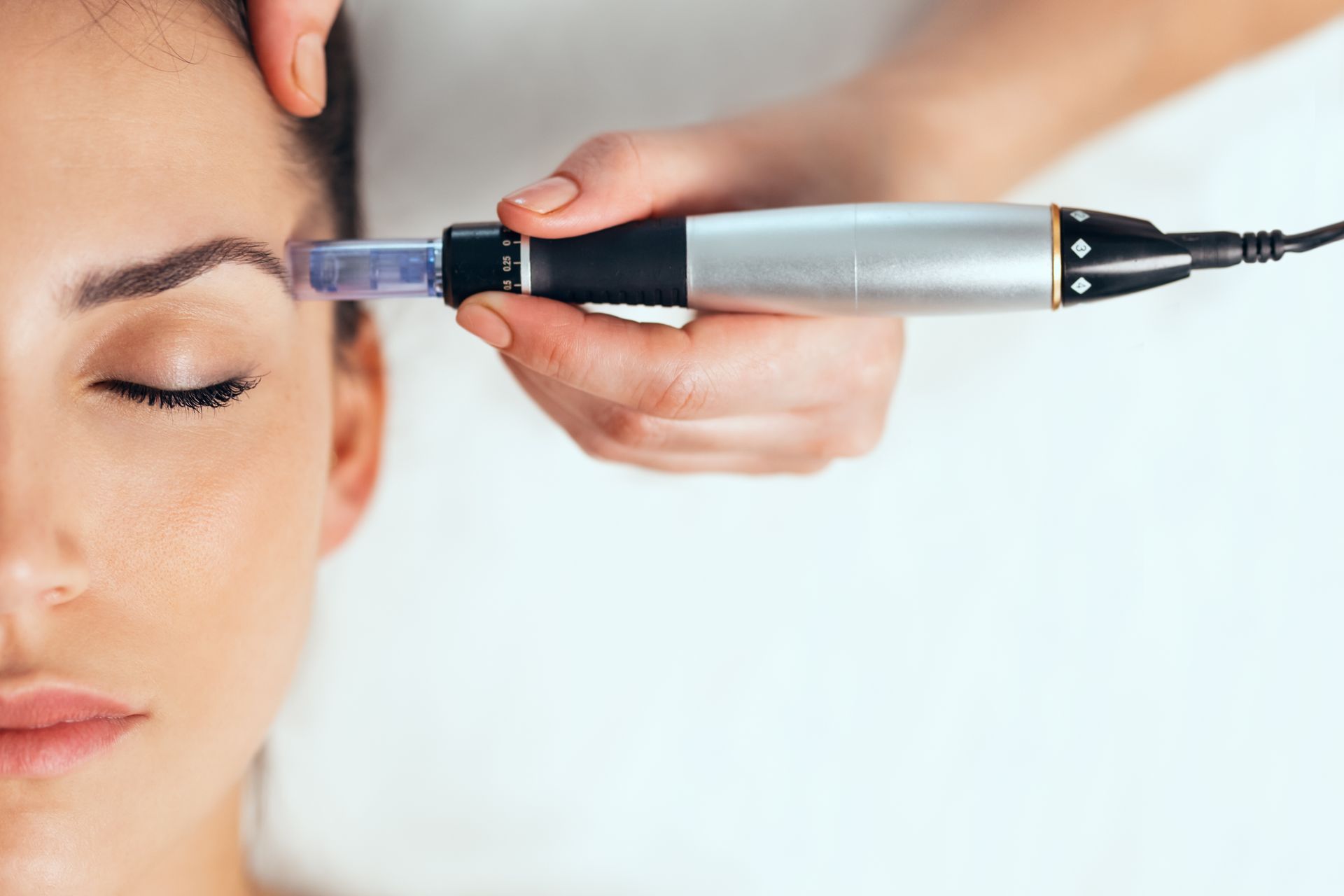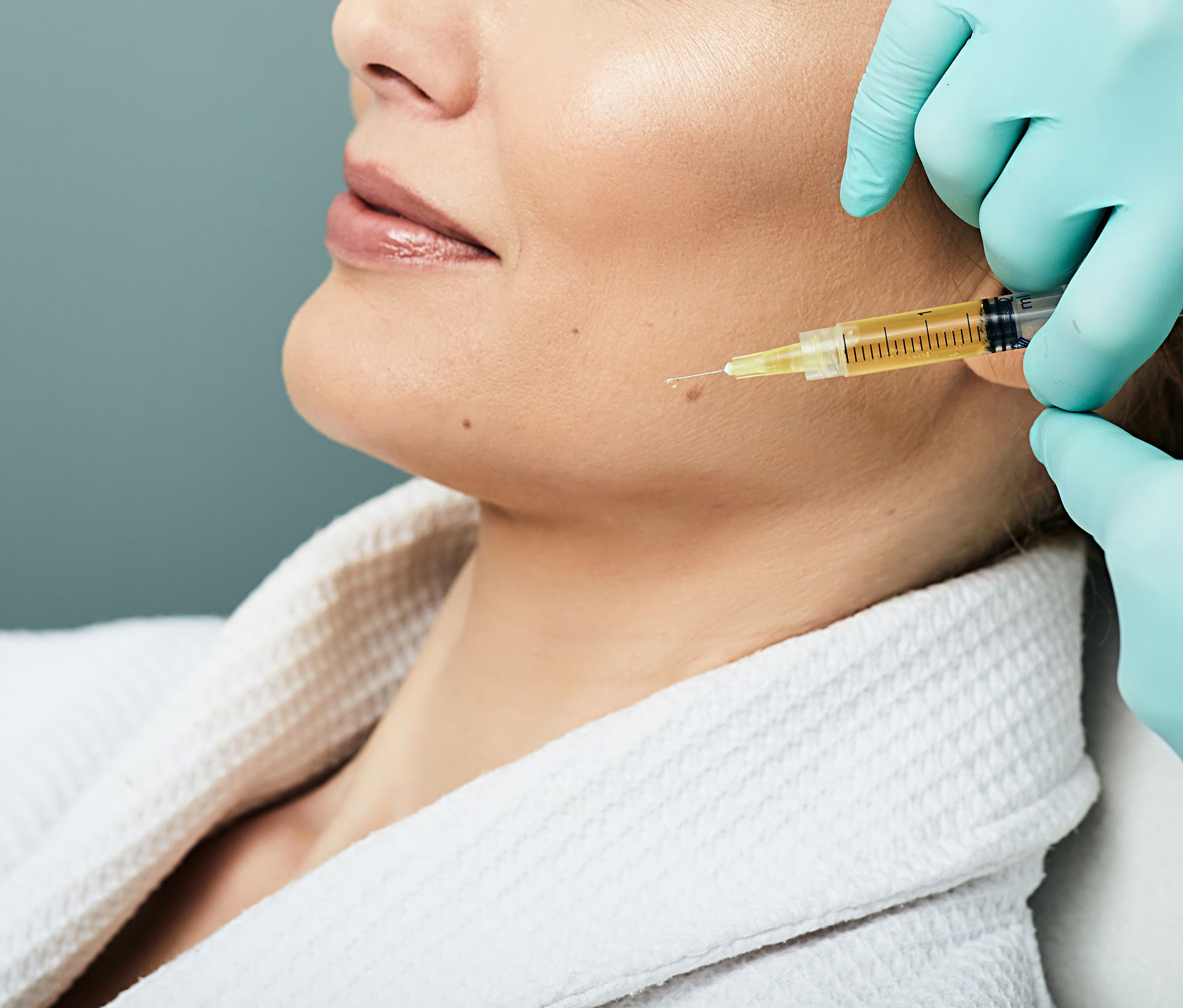How Does Platelet-Rich Fibrin Promote Healing?
In the field of regenerative medicine and dentistry, Platelet-Rich Fibrin (PRF) has emerged as a powerful tool with a wide range of applications. From accelerating wound healing to promoting tissue regeneration, PRF offers a natural and effective solution for various medical and dental procedures. In this blog, we will look into the science behind PRF, its unique properties, and how it can be utilized to enhance patient outcomes. Whether you are a healthcare professional looking to incorporate PRF into your practice or a patient seeking alternative treatment options, this blog aims to explain PRF and showcase its potential as a cutting-edge therapeutic approach.
The Science Behind Platelet-Rich Fibrin
Platelet-rich fibrin (PRF) is a revolutionary treatment derived from the patient's own blood, making it safe and natural. Through a process called centrifugation, the blood components are naturally separated into two layers. Red blood cells will lie at the bottom of the tube and the golden plasma (PRF) will lie at the top of the tube. Centrifuging a PRF tube will naturally create a fibrin matrix within the plasma which releases growth factors over time that stimulate tissue regeneration and repair.
Natural Healing Process: PRF harnesses the body's innate ability to heal itself by delivering concentrated platelets and white blood cells directly to the site of injury or damage.
Bioactive Properties: The growth factors in PRF promote cell proliferation, enhance vascularization, and accelerate tissue healing. This leads to faster recovery times and superior outcomes for patients undergoing various dental procedures.
Versatile Applications: From bone grafting and sinus lifts to treating soft tissue injuries, PRF has become a go-to solution in modern dentistry due to its effectiveness and minimal risk of adverse reactions.
Advantages of Using PRF in Medical and Dental Procedures
Enhanced Healing: Platelet-rich fibrin (PRF) contains high concentrations of platelets and growth factors that stimulate tissue regeneration, accelerating the healing process in both medical and dental procedures.
Reduced Risk of Infection: The antimicrobial properties of PRF help to prevent infection at the surgical site, minimizing the risk of postoperative complications.
Biocompatibility: PRF is derived from the patient's own blood, making it a safe and biocompatible treatment option with minimal risk of adverse reactions or rejection.
Applications of PRF in Regenerative Medicine and Dentistry
Platelet-Rich Fibrin (PRF) has a wide range of applications in both regenerative medicine and dentistry due to its ability to accelerate healing and promote tissue regeneration. Here’s a breakdown of its uses:
Regenerative Medicine: Platelet-rich fibrin (PRF) is being widely used in regenerative medicine due to its ability to accelerate the healing process. In procedures such as bone grafting, PRF can promote tissue regeneration and enhance the overall success rate of the treatment.
Dentistry: Dentists are increasingly incorporating PRF into various dental procedures for its potential benefits. From socket preservation after tooth extraction to promoting faster soft tissue healing following gum surgeries, PRF offers a natural solution that supports optimal oral health outcomes.
Wound Healing: One of the significant applications of PRF is in wound healing. The growth factors found in PRF help facilitate tissue repair, making it an effective option for promoting quicker recovery following surgical interventions or injuries.
Hair Restoration: PRF has gained popularity in hair restoration therapies, where it is injected into the scalp to stimulate hair follicle growth. The growth factors help increase blood supply and encourage hair regrowth, especially for patients with thinning hair.
Facial Rejuvenation: Injectable PRF can help improve a patient's skin tone and texture, reduce scarring, build collagen, and enhance volume making PRF a popular alternative to traditional fillers.
Tips and Best Practices for Incorporating PRF into Your Practice
Education is Key: Before incorporating Platelet-Rich Fibrin (PRF) into your practice, ensure you and your team are well-educated on the benefits, procedures, and application of PRF. Stay up-to-date with the latest research and techniques in the field to provide optimal care for your patients.
Patient Consultation: When discussing PRF with patients, clearly communicate its advantages, potential outcomes, and any associated risks. Take the time to answer any questions they may have to establish trust and confidence in the treatment.
Efficient Workflow: Streamline your practice's workflow by integrating PRF procedures seamlessly into existing treatments. Develop protocols that outline step-by-step processes for preparing PRF materials and administering them effectively to maximize efficiency in patient care.
Contact P4 Biologix for State-of-the-Art Platelet-Rich Fibrin Products
At P4 Biologix, we have a collective experience of more than 70 years in customer service and medicine to help take your practice to the next level. Our Platelet-Rich Fibrin (PRF) products are designed to improve healing and optimize patient outcomes, making them the trusted choice for professionals in the medical and dental fields. Take advantage of our innovative PRF solutions to elevate your practice and achieve superior results. Contact us today to learn more and place your order.



Have Questions?

Our Products
All Rights Reserved | P4 Biologix
All Rights Reserved | P4 Biologix

